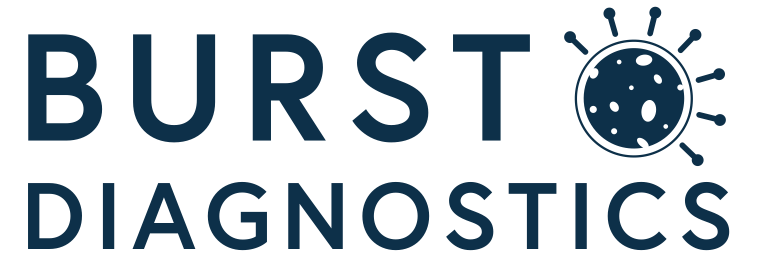
Point-of-Care T1D Testing
Developing a first-in-class quantitative, rapid, type 1 diabetes test.
Type 1 diabetes (T1D) is one of the most widespread autoimmune diseases worldwide, with the peak age of diagnosis around 15 years old. Despite its prevalence, the current diagnostic system is failing patients, especially children, due to slow lab turnaround times, high costs, and a lack of point-of-care options.
Delayed diagnosis often results in diabetic ketoacidosis (DKA), a life-threatening complication that leads to over 500,000 hospital days each year in the U.S. alone. DKA occurs in about 30% of children at T1D onset, but early autoantibody screening could identify 80–90% of T1D cases before symptoms develop, helping prevent DKA.
To make matters worse, up to 40% of adult T1D cases are initially misdiagnosed as Type 2 diabetes, leading to incorrect treatments and increased risk of severe complications.

4.1 million people would still be alive today if timely T1D diagnosis and sufficient ongoing care were more widely available.
Why is this happening?
-
Limited to Lab-based Testing
Formally diagnosing T1D requires detection of autoantibodies through specialized laboratory tests like ELISAs or radioimmunoassays. These methods are time-intensive, require centralized labs, and are not accessible to many patients. Results can take 2–6 weeks and cost over $1,000, creating delays and increasing the risk of DKA.
-
Rapid Tests Lack Sensitivity
Lateral flow assays are widely used for other conditions, but they aren’t capable of detecting T1D-specific autoantibodies with the required sensitivity and specificity. Their limitations and inability to provide quantitative results make them unsuitable for reliable point-of-care T1D diagnostics.
-
No Point-of-Care Testing Option
There are currently no diagnostic tests that enable definitive T1D diagnosis at the point-of-care. Physicians must rely on delayed autoantibody lab results and clinical symptoms, increasing the risk of misdiagnosis or delayed treatment. Our CaDI platform is being developed to fill this gap by delivering lab-quality, quantitative results in 10 minutes wherever its needed.

That’s where Burst comes in.
Burst is working to develop a cost-effective solution for T1D diagnosis. Our rapid, point-of-care test aims to overcome the barriers of delayed lab-based testing, lack of real-time options, and the limitations of current rapid test formats. By enabling early detection and confident diagnosis in everyday clinical settings, we can reduce misdiagnoses, prevent life-threatening complications like DKA, and improve long-term outcomes for patients with T1D.
References
(1) Fang, M. et al. (2023) ‘Age at diagnosis in U.S. adults with type 1 diabetes’, Annals of Internal Medicine, 176(11), pp. 1567–1568. doi:10.7326/m23-1707.
(2) Desai, D. et al. (2018) ‘Health care utilization and burden of diabetic ketoacidosis in the U.S. over the past decade: A nationwide analysis’, Diabetes Care, 41(8), pp. 1631–1638. doi:10.2337/dc17-1379.
(3) Muñoz, C. et al. (2019) ‘Misdiagnosis and diabetic ketoacidosis at diagnosis of type 1 diabetes: Patient and caregiver perspectives’, Clinical Diabetes, 37(3), pp. 276–281. doi:10.2337/cd18-0088.
(4) M, G. et al. (2023) ‘Two-age islet-autoantibody screening for Childhood Type 1 diabetes: A prospective cohort study’, Yearbook of Paediatric Endocrinology [Preprint]. doi:10.1530/ey.20.8.4.
(5) Bonifacio, E. et al. (2021) An age-related exponential decline in the risk of multiple islet autoantibody seroconversion during childhood [Preprint]. doi:10.2337/figshare.13643756.
(6) The Lancet Regional Health – Europe (2023) ‘Misdiagnosis of type 1 and type 2 diabetes in adults’, The Lancet Regional Health - Europe, 29, p. 100661. doi:10.1016/j.lanepe.2023.100661.
(7) Type 1 diabetes index (2025) Type 1 Diabetes Index. https://www.t1dindex.org/ (Accessed: April 2025).

